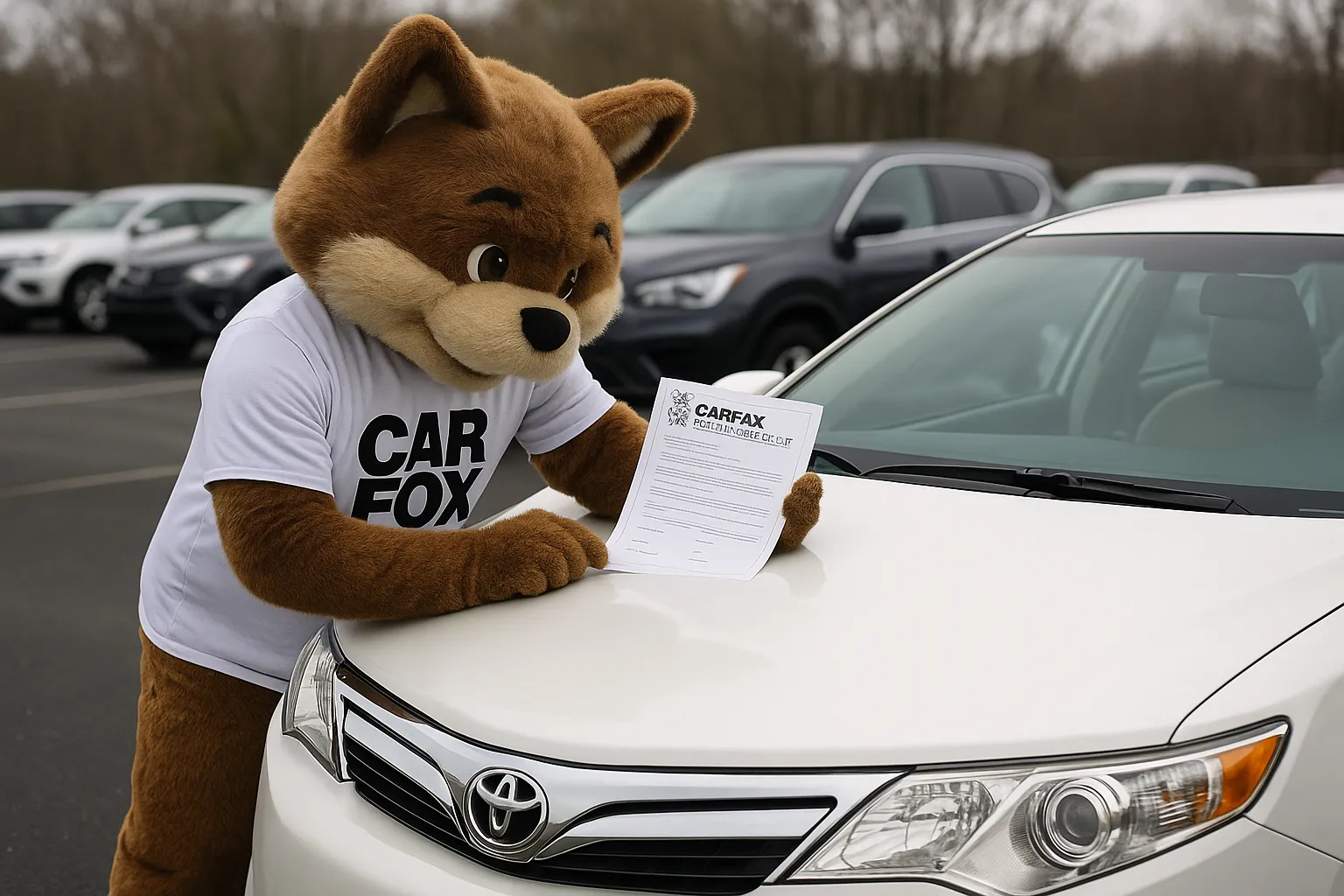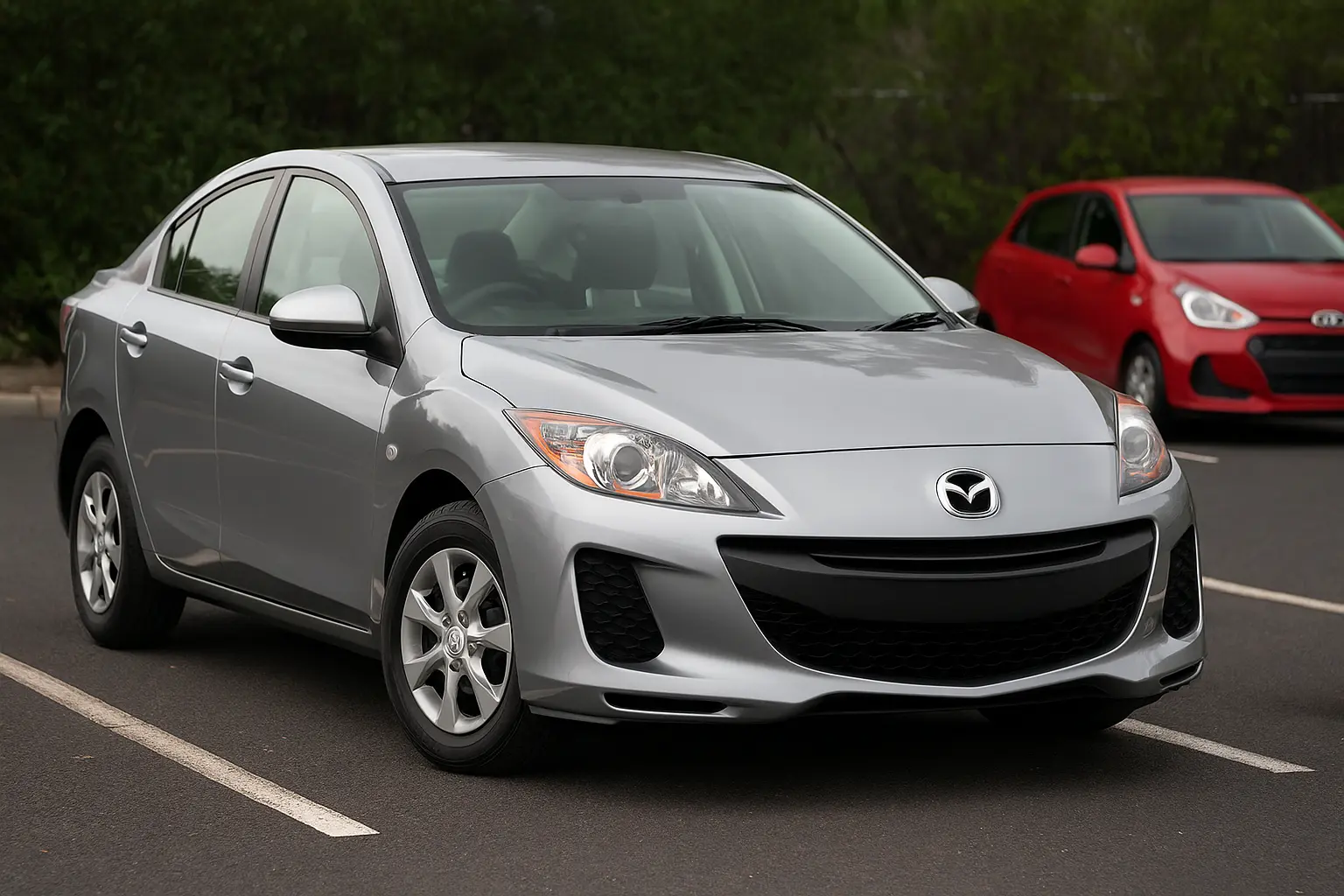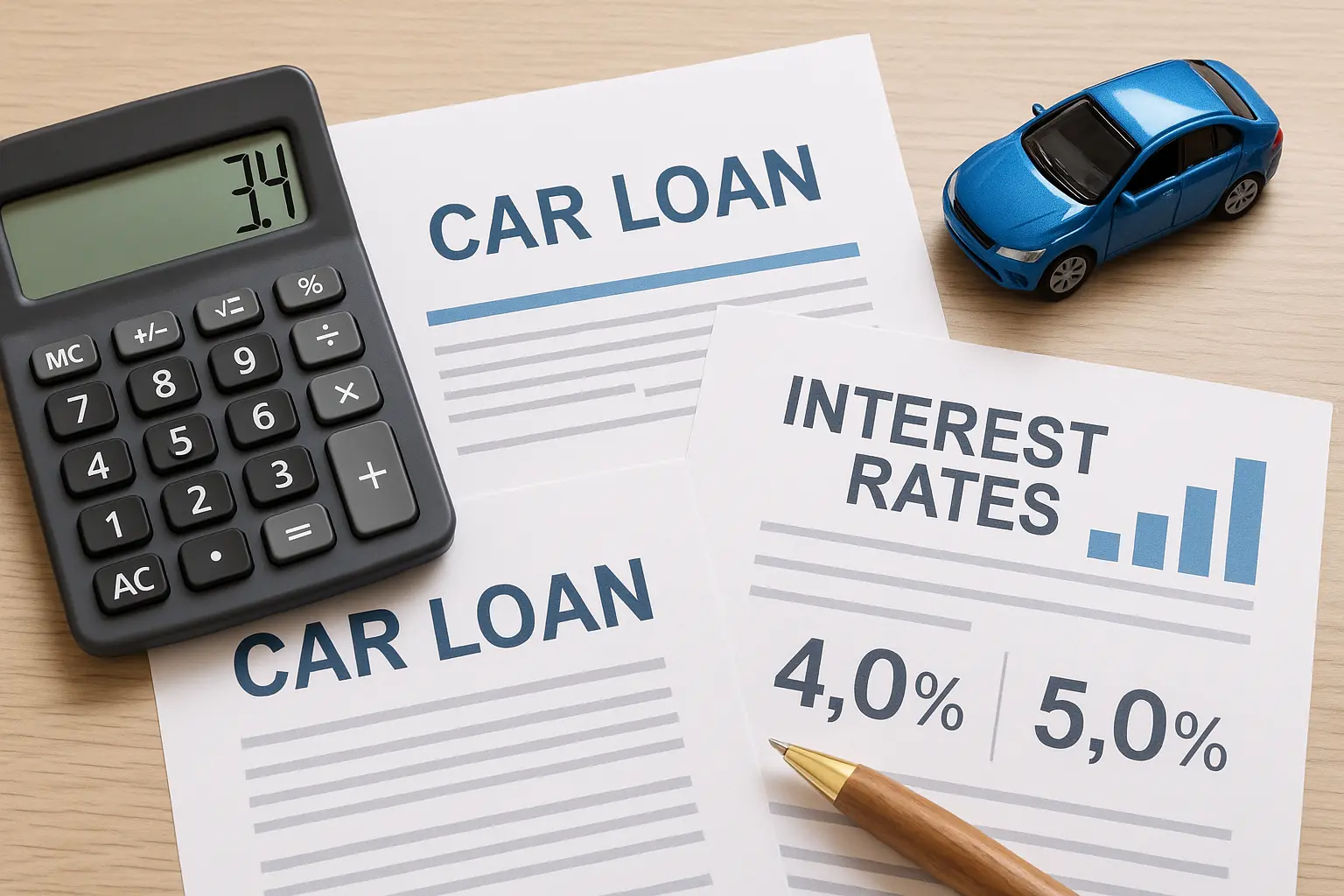Used Car Buying Guide – How to Avoid Dodgy Deals and Save Big
Buying a used car in Australia can be one of the smartest financial decisions you make—if done right. With new car prices rising, many Aussies are turning to the second-hand market to score a bargain. However, the used car world is not without its pitfalls. From unroadworthy lemons to dodgy private sellers, the risks are real.
In this detailed 2025 guide, we’ll walk you through every step of the used car buying journey—from research to inspection, negotiation to paperwork—so you can drive away with confidence, not regret.

Why Buy a Used Car in 2025?
1. Cost Savings
Used cars typically cost 30–50% less than their new counterparts. You avoid the rapid depreciation that hits new cars in the first 2–3 years, and insurance premiums are usually lower too.
2. Availability of Features at Lower Prices
With tech advancing quickly, even 3–5-year-old cars now come with features like Apple CarPlay, adaptive cruise control, reversing cameras, and digital dashboards—without the premium price tag.
3. Larger Market Variety
From compact hatchbacks to full-size SUVs and utes, Australia’s used car market is vast. You have access to discontinued models, budget options, and even nearly-new ex-demo cars.
Step-by-Step Used Car Buying Process in Australia
Step 1: Set a Realistic Budget
Include:
- Purchase price
- Stamp duty and registration transfer
- Insurance
- Repairs or servicing
- Optional inspections (e.g., RACV/NRMA checks)
Pro Tip: Aim to spend 80% of your total budget on the car itself and keep the rest for post-purchase costs.
Step 2: Research Vehicles That Fit Your Needs
Ask yourself:
- Do I need a hatchback or an SUV?
- Will I be doing long-distance driving (consider fuel economy)?
- Do I need 4x4 capability?
- Is safety rating a top priority?
- Do I want petrol, diesel, hybrid, or EV?
Use websites like carsguide.com.au or drive.com.au to compare reliability ratings, specs, and reviews.
Common Budget-Friendly Choices in 2025:
- Toyota Corolla (used 2019–2022) – ultra-reliable
- Mazda3 and CX-5 – strong value and style
- Hyundai i30 or Tucson – good mix of features and warranty
- Subaru Forester (AWD) – great for rural buyers
- Kia Cerato or Seltos – good warranty coverage even second-hand
Step 3: Decide Where to Buy From
Each buying option has pros and cons:
✅ Private Sellers
Pros: Lower prices, more room to negotiate
Cons: No warranty, high risk of dodgy deals
✅ Licensed Dealers
Pros: Warranty (statutory and/or extended), legal protection
Cons: Higher prices
✅ Auction Houses
Pros: Potential for great bargains
Cons: No test drives, sold as-is, can be risky for first-timers
✅ Online Platforms
Carsales, Gumtree, Facebook Marketplace, and CarsGuide are popular. Always inspect the car in person and meet in public places.
Common Used Car Scams to Avoid
- Odometer rollback – The car may appear to have low kms when it doesn’t.
- Flood-damaged imports – Especially from overseas markets.
- Cloned VINs – Matching plates, stolen vehicles.
- "Too good to be true" pricing – Often used to lure in quick buyers.
- Deposit scams – Never transfer money before seeing the car in person.
What to Check When Inspecting a Used Car
Exterior Checks:
- Look for mismatched paint, rust, or signs of panel repair.
- Gaps between panels may indicate accident repairs.
- Check tyre tread and even wear—unevenness may signal alignment or suspension issues.
Interior Checks:
- Does everything work? Aircon, radio, infotainment, windows, locks?
- Check for water damage under the mats or in the boot.
Mechanical Checks:
- Cold start the engine—does it idle smoothly?
- Listen for knocking, ticking, or whistling noises.
- Check for oil leaks or coolant stains in the engine bay.
Paperwork Must-Haves:
- Registration papers
- Roadworthy Certificate (RWC) – Required in most states
- Service history – Regular intervals, stamped book preferred
- PPSR check – Confirms no finance owing or theft
Test Drive Tips – What to Notice
- Brakes – Should not pulse or squeal.
- Acceleration – Smooth? Or hesitant?
- Steering – Pulling to one side?
- Noise levels – Cabin should be quiet; listen for rattles or creaks.
- Suspension – Does the car bounce too much over speed bumps?
How to Run a PPSR Check (Highly Recommended)
The Personal Property Securities Register (PPSR) will show if:
- There is any finance owing on the vehicle
- It has been written off
- It has been stolen
It costs just $2 and can be done online via ppsr.gov.au. All you need is the VIN (Vehicle Identification Number).
Key Documents and Checks Before Finalising the Deal
Always Collect:
- Receipt of purchase with both parties' details
- Signed transfer of ownership form
- Current RWC (or arrange inspection)
- Service history
Optional But Smart:
- Independent mechanical inspection
- REVS check (for older vehicles)
- Warranty inquiry (for newer used cars)
Negotiating the Price Like a Pro
- Research the average market price on platforms like Carsales.
- Start with a lower offer—but be respectful.
- Point out any required fixes to justify a discount.
- Don't be afraid to walk away—there are always other cars.
Tip: Buying during winter or end-of-financial-year often means more motivated sellers.
Used Car Insurance Considerations
Once you buy, don’t forget:
- Third-party property insurance is a minimum must-have.
- Comprehensive insurance is ideal for newer used cars.
- Get a quote in advance—it may influence your budget.
Check for pay-as-you-drive or usage-based policies for added savings.
After the Purchase – Essential First Steps
- Change ownership at your state transport authority (e.g., VicRoads, Service NSW)
- Update your insurance policy
- Book a full inspection/service to ensure ongoing reliability
- Check for manufacturer recalls and register for updates
- Detail the car inside and out – gives that new-car feel!
2025 Trends in Used Cars in Australia
1. Hybrids on the Rise
Used hybrid models like the Toyota Camry Hybrid or Corolla Hybrid are in demand for fuel savings.
2. Small SUVs Hold Value Well
Models like the Mazda CX-3 and Kia Seltos are particularly hot among families and first-time buyers.
3. Used EV Market Still Growing
Options like the MG ZS EV (2021–2023) are entering the used market. Battery checks and warranty status are essential.
Final Tips – Avoiding Regret
- Always do a PPSR check
- Never buy without a roadworthy certificate
- Test drive thoroughly
- Trust your gut—walk away from deals that feel off
- Don’t rush—there are always more cars
Conclusion
Buying a used car in Australia can be a fantastic way to save money and still get a reliable ride—if you do your homework. From checking the PPSR to scrutinising service records and knowing how to negotiate, this guide arms you with all the tools to avoid lemons and land a great deal.
Whether you’re a first-time buyer, a family on a budget, or just after a second car, taking the right steps now means fewer headaches later. Happy car hunting!
Leave a comment
Your email address will not be published. Required fields are marked *




